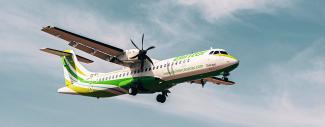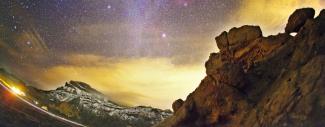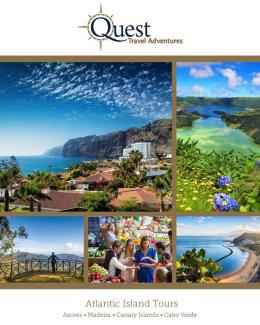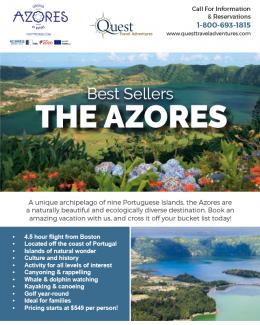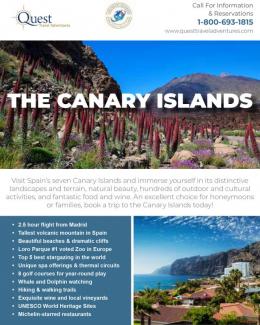Mount Teide: A Guide to Climbing Tenerife’s Volcano
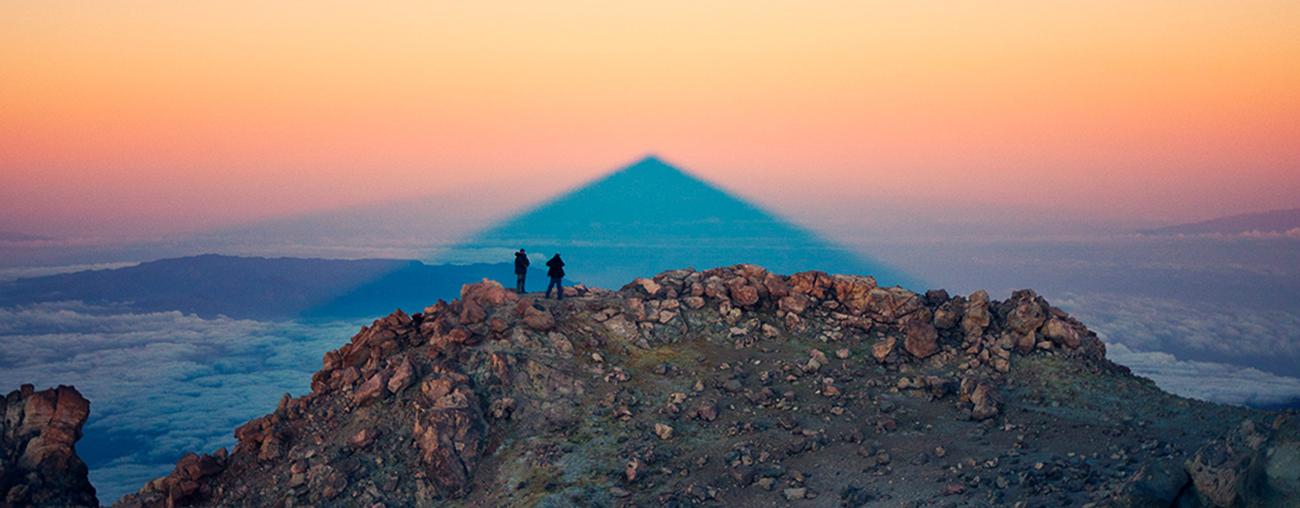
Rising majestically from the center of Tenerife is the icon of the Canary Islands, the highest peak in Spain, and the crown jewel of the island: Mount Teide. At 12,200 feet, this peak is the third-largest ocean-island volcano in the world and a spectacular sight to behold. You can do much more than gaze at Mount Teide from afar, however. The mountain was meant for exploring!
Equally thrilling by day or evening, the volcano and its surroundings comprise a national park that was designated a UNESCO World Heritage Site in 2007. Here, you’ll find a variety of terrain, ranging from arid stretches to lush forests to the lunar-like landscapes of the lava fields. The park is home to a fascinating diversity of plant and wildlife, including many species that are endemic to Tenerife. Perhaps the best-known of these is the Canary Island pine, whose needles are used as packing material for island bananas and whose large pine cones were once a favorite for Christmas decorations.
Hiking Mount Teide
You can experience this unique ecosystem up close on the excellent walking and hiking trails that crisscross the caldera and the park. Climbing Mount Teide can be challenging, depending on your fitness level and the route you take. Color codings let you choose the level of challenge you prefer. The ascent to the summit is steep and requires acclimatization due to the high altitude. Or, you can take the Mt Teide cable car to the observation deck at the peak of the mountain, where you can gaze in awe at the shifting colors of the caldera and beyond.
Travel tip: Don’t be fooled by the balmy weather at the foot of the mountain. With altitudes of up to 12,200 feet, the mountain can get chilly, so leave your T-shirt, shorts, and flip-flops in your ship cabin or hotel room. We recommend dressing in layers and bringing along fleece, gloves, and a hat. Just in case.
One of the best times to summit the mountain is sunset, when the “Sea of Clouds” rolls in off the ocean and offers a little glimpse of heaven. Then, as the clouds dissipate with the setting sun, you’ll be treated to jaw-dropping views of the valley and the islands to the west.
Perhaps you’ll toast the sunset with a glass of Champagne at the Parador Hotel Canadas del Teide, a mountain lodge and restaurant that is the only structure in the park. Conveniently located at the base of the tram, it offers fine Canarian cuisine, as well as unique views of the Roques de Garcia — moon-like rocks left behind by long-ago lava flow.
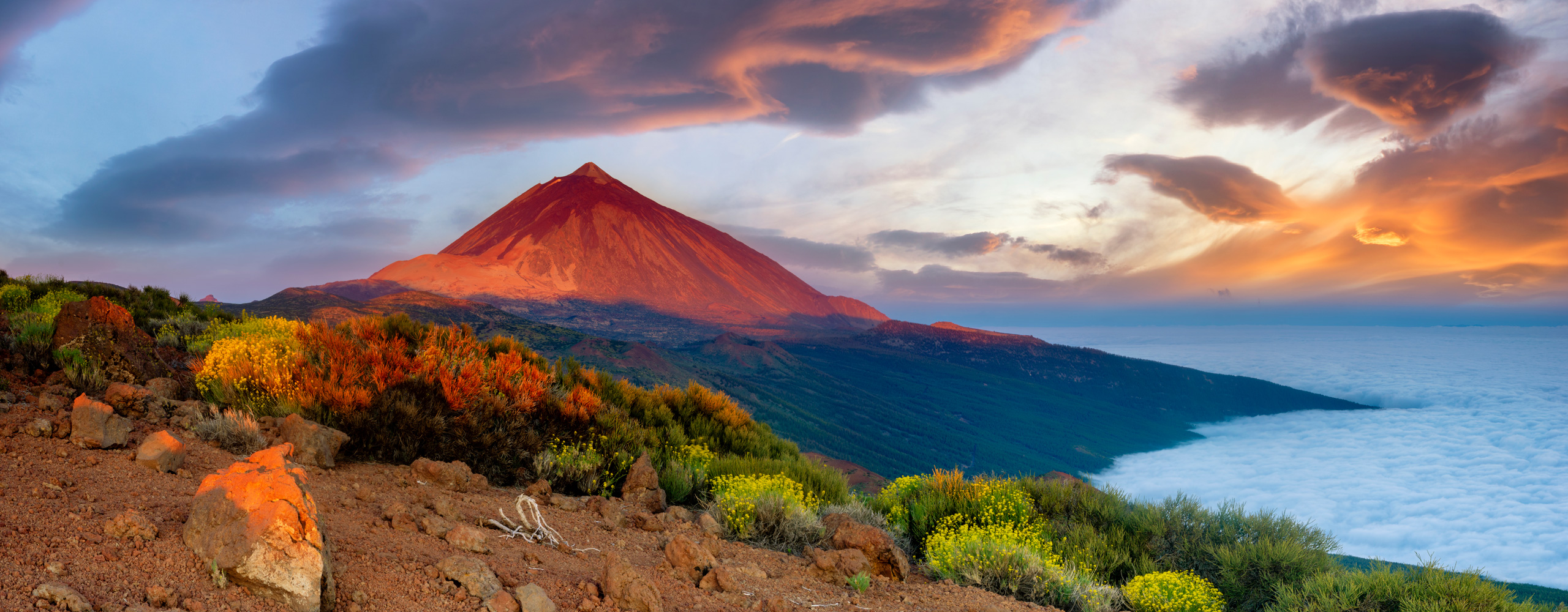
How long does it take to walk Mount Teide?
The hike to the summit of Mount Teide typically takes between 5 and 6 hours, starting from the Montaña Blanca trailhead. If you use the Mt Teide cable car, the final trek from the upper station to the summit takes about 40 minutes to an hour.
Is Mount Teide still active?
Yes, Mount Teide is considered an active volcano, although its last eruption occurred in 1909. While it's dormant, scientists closely monitor its activity, and it remains one of the most studied volcanoes on Earth.
What is special about Mount Teide?
Interestingly, this lunar-like landscape is considered the closest terrain to Mars on Earth, prompting NASA to test its Mars rover here. It has also served as the setting for many films, from Planet of the Apes to Mad Max. And it is the home for one of the world’s most advanced astronomical observatories: the Mount Teide Observatory, where scientists representing more than 60 institutions in 19 countries conduct research. The observatory itself was built in 1916 — though astronomical observation on the mountain dates to the mid-19th century. It is considered so important to scientific discovery that the mountain is protected by law from air pollution and flight paths. It’s a must-see destination for nature lovers and adventure seekers visiting Tenerife.
If you visit the observatory’s Visitors’ Center when the mountain is shrouded in darkness — say, around 9:00 or 10:00 p.m. — you can enjoy some of the best stargazing you can ever hope to experience. Telescopes are available to give you close-up views of stars spangling a velvet sky, and astronomers are on hand to offer expert insights. And because of Tenerife’s location near the equator, you are virtually assured that your view will not be obstructed by tropical storms. No wonder Mount Teide is the most visited natural wonder in Spain!
Why sit and read about it, when you could be living it? Check out our most popular Mt Teide itineraries which include Tenerife North and Tenerife Discovery, or contact us to make a personalized one today.




